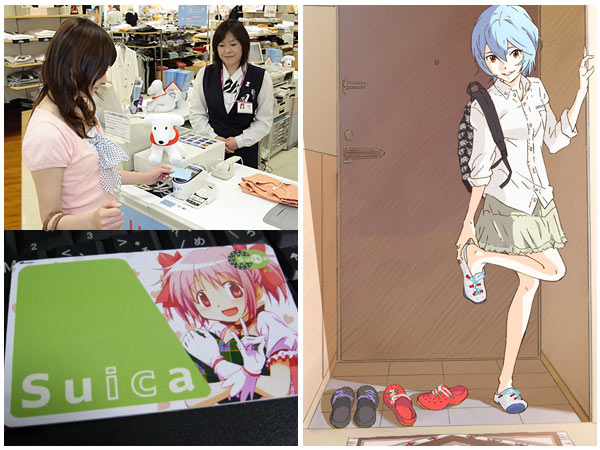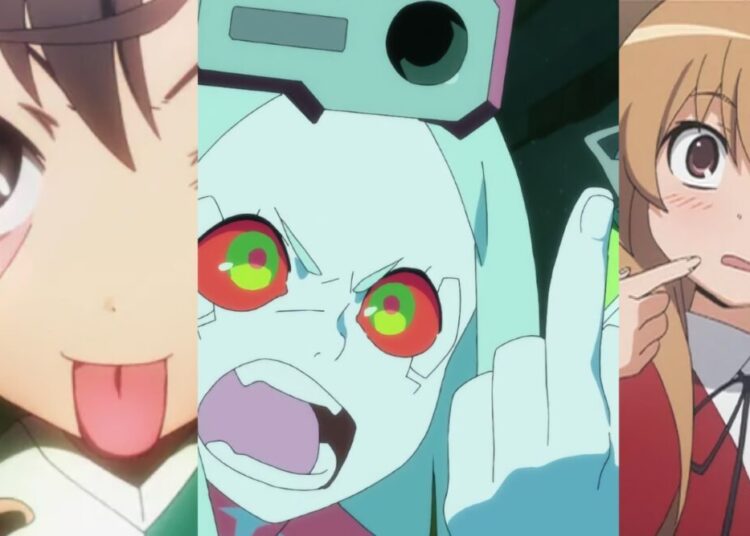
It’s funny how Japan can seem technologically advanced in some areas but behind the times in others. Apple’s new payment system is getting a lot of news coverage in the U.S. right now, possibly heralding an era where we’ll all be making purchases speedily with our phones or similar devices. Yet this kind of thing isn’t new at all in Japan, where people have been making purchases using IC cards with names like Edy, PiTaPa and DIC Card for years, and even my wife, so analog that she still sticks physical sticky notes to her computer screen rather than learn to use the “stickies” app in her computer, makes purchases regularly with her Nanaco card at 7-11. The biggest benefit from the rise in contactless payments has been Suica cards, which let everyone pass smoothly through train turnstiles rather than lining up to buy train tickets, and otakus love their Suica cards so much they make art that can be printed on stickers to customize the cards. While Japan seems to be ahead of the U.S. when it comes to contactless payments, they’re quite behind in other areas, for example, rather than buying music online via convenient services like iTunes Japan, they still prefer buying old-fashioned music CDs. Sometimes there are benefits to being behind the curve: since Japan never lost it’s coin-operated video arcades, there are several in our city if I want to visit one.
One topic I’m interested in is how certain aspects of Japan are more accessible to “outsiders” (what the term gaijin really means) through the country’s popular culture than others. A good example is the way imagery related to Japan’s Shinto religion, with its beautiful arches and shrine maidens and fox spirits, is easy to find in anime, manga and games, while influence of the more austere Buddhism is much more difficult to encounter. Often the Japanese don’t think to portray certain aspects of their daily lives in anime or manga because it’s too 当たり前 atari-mae (common, ordinary, unexceptional). Once I was blogging about the custom of students standing and bowing to their teacher before starting class, and I realized there were almost no images of this to be found on the Internet, and I realized that this is a part of life that Japanese take for granted and would never think to show visually. Another area is shoes. While taking off shoes and leaving them in the 玄関 genkan, a recessed area near the front door that’s considered to be “outside” the house proper, is something everyone does several times a day, it’s not something fan-artists on Pivix think to draw very often since it’s so mundane. If it weren’t for the “girl rushing out the door with a piece of toast in her mouth” meme, it’d be almost impossible to find images of Japanese people putting on their shoes.
One of the J-List products I’m extremely happy to stock are the super soft Totoro and Ghibli blankets we sell every year. They’re not just soft, they’re the software and warmest blankets I’ve ever found, and my family treasures the Totoro blankets we’ve accumulated over the years. Happily the yen is much weaker than in past years, making the Totoro blankets more affordable than ever. Why not order some for your family this year?
















